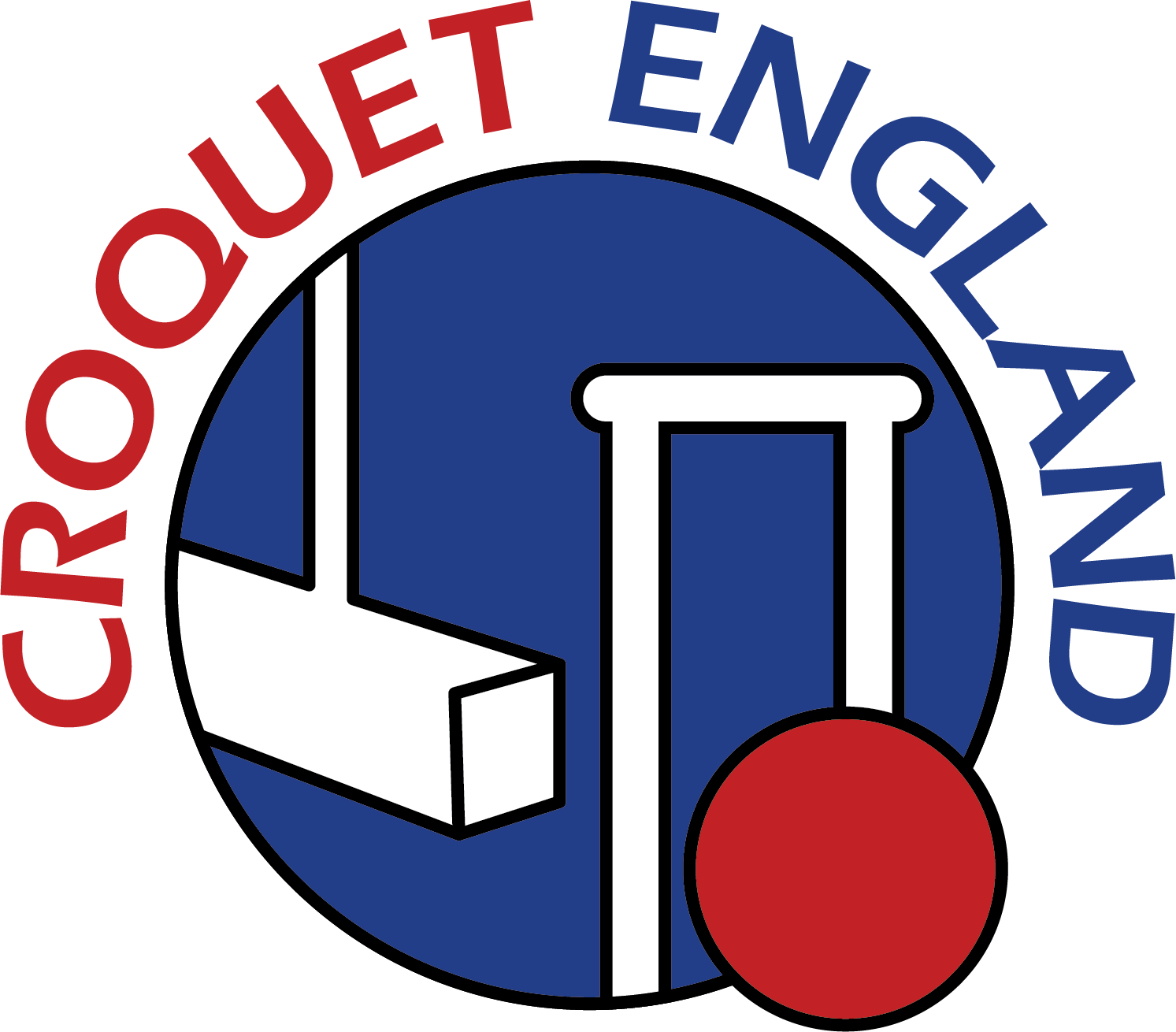Unless you are a trained journalist, writing press releases that get printed in their entirety is not easy. However, there are simple tips which will help you achieve greater press coverage.
Press Releases: How to write and submit them.
Journalists work to deadlines and won't thank you for submitting copy which they need to rewrite, so by making it perfect and by writing in their style, it is more likely to get published. Look at the paper you are writing for, select a good article and study the style of writing. It may not be your style but if you want to get it published, write in the style they will use.
Always type your report/feature.
The essentials are “who, what, when, why and how” in as few words as possible.
Keep the focus of your story and beware waffle. Always be succinct.
Forget what you were taught about stories having a beginning, middle and end. Newspaper reports are very different. They have the end first to grab the reader's attention, then they give more detail (the middle) and finish with general information (the beginning). No-one reads everything in a newspaper. We all scan them to find anything we want to read so it is better to write a short piece which is interesting and read rather than a long piece which no-one reads.
Start with impact ... “Fred Blobs has been selected to play for England”... give a “wow” factor if possible.
Remember that you are not writing for croquet players but for a readership who probably has no understanding of the game. DO NOT use croquet jargon: “Fred went through one back and set the lawn for a quadruple peel” is no good. “Fred won a top award for playing croquet” is both clear and invites the reader to read on.
Use clear, plain English and avoid lots of short sentences.
Keep it “punchy” and “snappy”.
Detail the person/people and/or event.
Give the club contact name and telephone details at the end of the report – (but ensure the contact person has all the information needed to deal with any calls!).
Mention any picture attachment and give necessary information such as names etc.
Photographs (“One picture is worth a thousand words”.)
Croquet is very difficult to make look interesting –players always look down so you may need to pose things and try to come up with an “action shot”!
Avoid the “shooting gallery” photo – by which I mean a straight line of competitors.
Find out what size and quality of photograph is acceptable.
Correct caption and names are essential.
Speak to the Picture Editor and try to find out the times when they might have a photo-journalist available to attend your event and so do the picture then – even if it feels like the wrong time of day.
Submitting.
Find out who to send the report to and send it to them by name rather than Sportseditor@...
Send the press release in plain text in an email with a clear subject (NOT ‘Press Release’).
DO NOT SEND IT AS AN ATTACHMENT. Journalists receive hundreds of emails each day and appreciate it if the report is not attached but is pasted into the main body of the email.
Don’t try to write a headline – the paper will do that, but do give your piece a brief and clear title so the editor knows instantly what it is about. This title could also go in the subject box in your email.
Do it regularly – all tournaments and club days etc.
Website and Social Media.
All clubs should have a website as it’s one of first places that journalists look for stories and information. You should always put your news stories there as well as sending them to the press – and you should always send them to the press: don’t rely on them reading your website.
Don’t send a journalist a link – you must include the story in plain text.
Remember it’s not just members of the club that might read your webpage, so you should try to use friendly jargon.
Have a forward list of events at the club and some history of the club.
The website must be kept up to date, or else people and journalists will stop looking at it.
Social media, such as Facebook and Twitter are useful but they are information-hungry. Keeping these up to date – every week at the least, requires effort. The rewards, however are great: if someone ‘likes’ the Club’s Facebook page then any updates or photos will automatically go to those that have liked the page so they don’t have to go and look for information: it comes to them. The same goes for Twitter.
Further help:
Liz Williams who is a marketing and publishing expert, has published an excellent article on the CA website.
To view it, visit: https://www.croquet.org.uk/?p=games/clubs/info/recruitment/publicity

